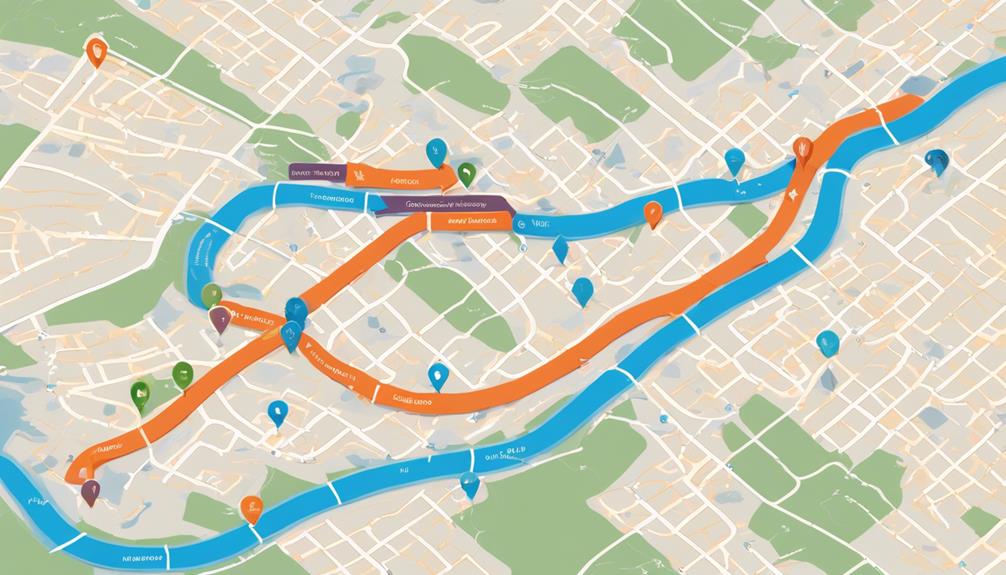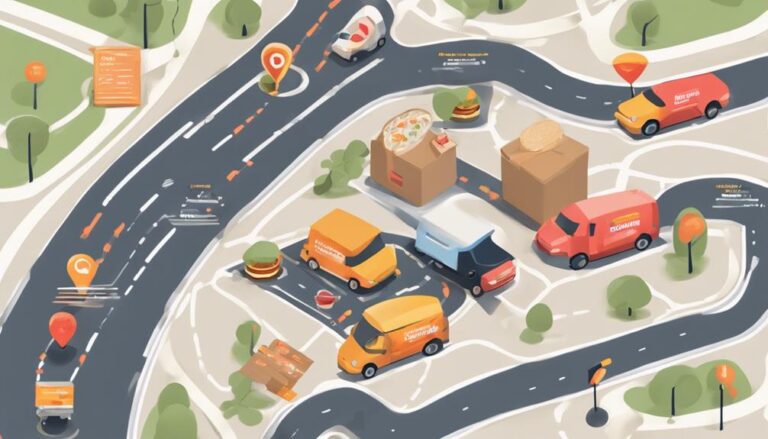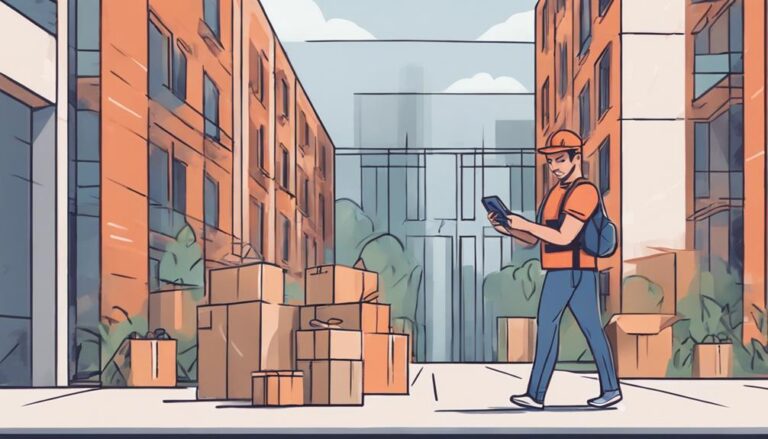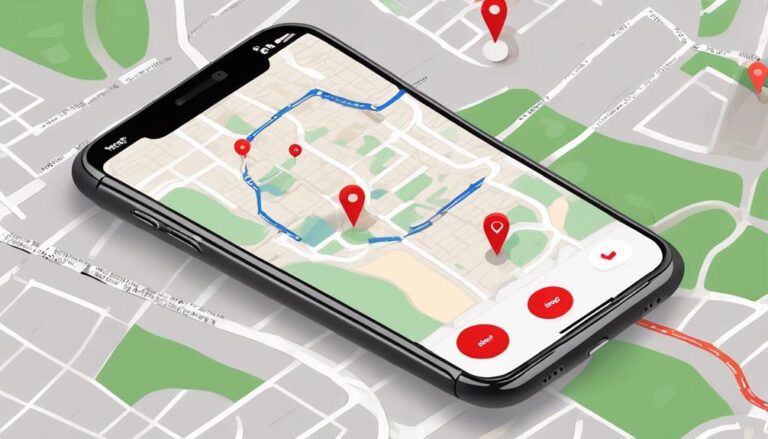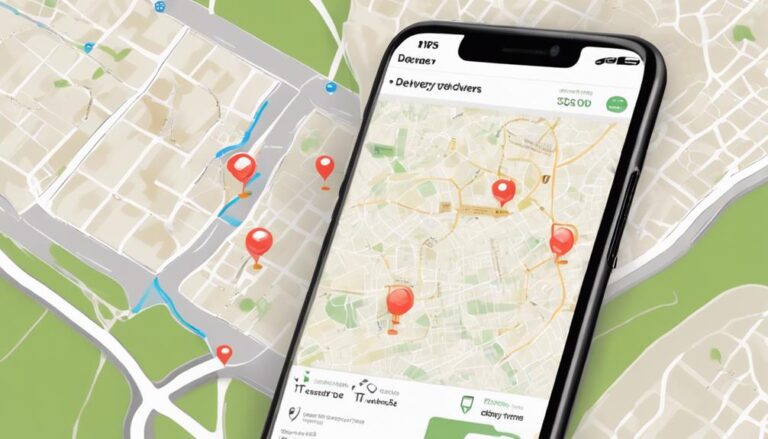Maximizing Delivery Route Performance: A Comprehensive Guide
When optimizing delivery routes, inefficient planning can result in up to 30% of a driver's time being wasted on the road.
By implementing strategic methods to enhance delivery route performance, you can greatly boost productivity and customer satisfaction.
Discover how leveraging real-time traffic updates, innovative technology, and customer location clustering can revolutionize your delivery operations.
Stay ahead of the curve by prioritizing these key strategies to reveal the full potential of your delivery route efficiency.
Key Takeaways
- Efficient planning and sequencing minimize idle time and optimize delivery routes.
- Real-time traffic management reduces delays and enhances route efficiency.
- Technology-driven route optimization increases productivity and accuracy.
- Customer location clustering improves operational efficiency and customer satisfaction.
Efficient Planning for Delivery Routes

To maximize delivery route performance, efficient planning is essential. Time management is a key factor in ensuring that your delivery routes are optimized. By carefully planning the sequence of stops and considering factors like traffic patterns and customer availability, you can minimize idle time and reduce overall delivery times. This not only improves customer satisfaction but also allows you to handle more deliveries in a day, increasing your productivity.
Cost efficiency is another critical aspect of efficient route planning. By mapping out the most fuel-efficient routes and minimizing the distance traveled, you can reduce fuel costs and vehicle wear and tear. Additionally, effective planning can help you consolidate deliveries going to the same area, saving both time and resources.
Utilizing Real-Time Traffic Updates
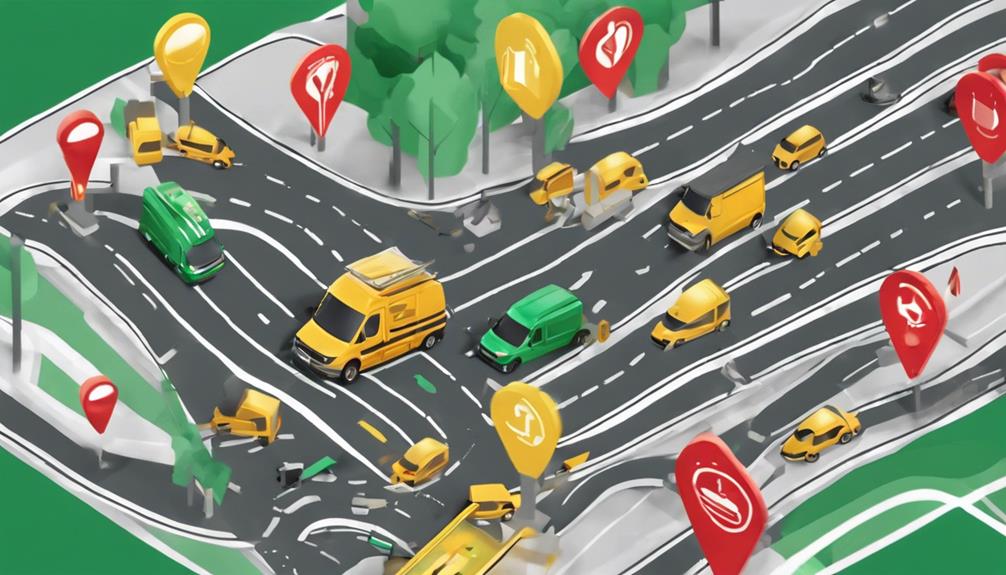
Maximize your delivery route performance by leveraging real-time traffic updates to optimize efficiency and minimize delays. Real-time data and traffic monitoring tools provide valuable insights into current road conditions, allowing you to make informed decisions on the go.
By staying updated on traffic patterns, construction zones, accidents, and other potential obstacles, you can adjust your routes in real-time to guarantee timely deliveries.
Utilizing real-time traffic updates enables you to proactively plan alternate routes, reroute drivers, and optimize schedules based on the most up-to-date information available. This strategic approach not only helps in improving delivery times but also enhances customer satisfaction by providing accurate ETAs.
Leveraging Technology for Route Optimization
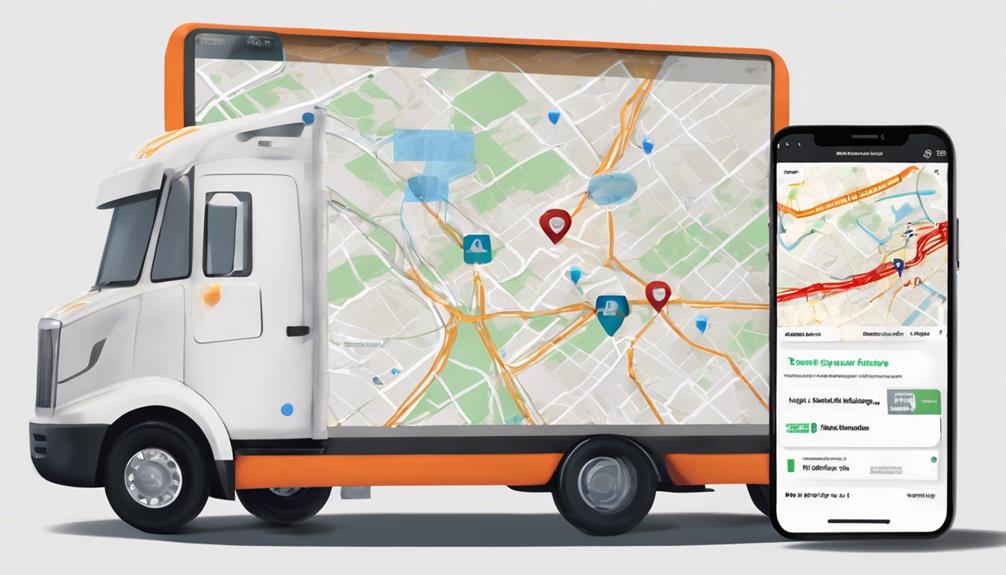
By integrating advanced technology tools, you can strategically optimize your delivery routes for maximum efficiency and performance. Leveraging technology for route optimization offers numerous benefits that can streamline your delivery operations effectively:
- Automation Benefits: Implementing route optimization software can automate the process of planning and adjusting delivery routes based on real-time data, saving you time and reducing the risk of human error.
- Data Analytics Opportunities: Advanced technology allows you to collect and analyze valuable data regarding delivery times, traffic patterns, and customer preferences. This data can be used to make informed decisions and further enhance route efficiency.
- Real-Time Tracking: Utilize GPS tracking and real-time monitoring to keep tabs on your delivery vehicles, ensuring accurate ETAs and enabling prompt adjustments in case of unexpected delays.
- Customizable Routing Algorithms: Tailor routing algorithms for specific variables such as vehicle capacity, delivery windows, and traffic conditions, allowing for optimized route planning.
- Integration Capabilities: Integrate route optimization technology with your existing systems, such as CRM or ERP software, to create a seamless flow of information and enhance overall operational efficiency.
Prioritizing Customer Location Clustering

Efficiently prioritize customer location clustering to enhance delivery route optimization and streamline operations effectively. By grouping customers based on proximity, you can markedly improve route efficiency and reduce delivery times. This strategic approach not only saves time and fuel costs but also boosts customer satisfaction by ensuring timely deliveries. To achieve this, contemplate the following factors when clustering customer locations:
| Factors to Contemplate | Examples | Impact on Operations |
|---|---|---|
| Proximity | Same neighborhood | Reduces travel distance |
| Delivery Time Windows | Morning vs. afternoon | Ensures punctual deliveries |
| Package Size | Small vs. large packages | Optimizes vehicle capacity |
Prioritizing customer location clustering allows for more efficient route planning, leading to cost savings and improved service quality. By organizing deliveries based on proximity and other relevant factors, you can enhance overall operational efficiency and customer satisfaction simultaneously. This strategic approach not only benefits your bottom line but also strengthens the relationship with your customers through reliable and timely deliveries.
Implementing Feedback-Driven Improvements

To enhance operational performance, consider integrating feedback-driven improvements into your delivery route optimization strategies. Feedback analysis and performance tracking are essential components in refining your delivery processes.
Here are five key steps to effectively implement feedback-driven improvements:
- Collect Data: Gather feedback from drivers, customers, and other relevant stakeholders to identify areas for enhancement.
- Analyze Feedback: Utilize data analytics tools to extract valuable insights from the feedback received.
- Identify Patterns: Look for recurring themes or patterns in the feedback that indicate areas needing improvement.
- Implement Changes: Based on the feedback analysis, make necessary adjustments to your delivery routes and processes.
- Track Performance: Continuously monitor the impact of the changes made to ensure they're positively influencing route efficiency.
Frequently Asked Questions
How Do Weather Conditions Impact Delivery Route Performance and What Strategies Can Be Implemented to Address This Issue?
Incorporate weather data to understand its impact. Mitigate delays by adjusting routes dynamically. Utilize technology for real-time updates. Implement contingency plans for adverse conditions. Stay agile, be proactive, and optimize performance by embracing flexibility in your delivery strategy.
Are There Any Legal Considerations or Regulations That Businesses Need to Be Aware of When Planning Delivery Routes?
When planning delivery routes, legal compliance is *important*. Be aware of route planning regulations to avoid penalties. Stay informed and adapt your strategies accordingly to *guarantee* smooth operations and minimize risks.
How Can Businesses Effectively Track and Manage Multiple Delivery Vehicles Simultaneously?
To effectively track and manage multiple delivery vehicles simultaneously, you need a robust system for real-time tracking and fleet management. Utilize advanced technology and software solutions to optimize routes and guarantee efficient operations.
What Are the Potential Challenges of Implementing Route Optimization Technology and How Can Businesses Overcome Them?
When implementing route optimization tech, you may face challenges like data integration and driver resistance. Overcome them by providing training, ensuring data accuracy, and involving staff in the decision-making process. Your business solutions pave the way for success.
How Can Businesses Ensure the Safety and Security of Both Their Delivery Drivers and the Packages Being Delivered?
To guarantee safety and security for delivery drivers and packages, implement safety measures like driver training and vehicle maintenance. Utilize package tracking systems for real-time monitoring. These strategies enhance protection and efficiency in your delivery operations.
Conclusion
By efficiently planning delivery routes, utilizing real-time traffic updates, leveraging technology for optimization, prioritizing customer location clustering, and implementing feedback-driven improvements, you can maximize your delivery route performance.
Did you know that according to a recent study, businesses that optimize their delivery routes can reduce fuel costs by up to 20%?
By following these strategies, you can streamline your operations, improve customer satisfaction, and ultimately increase your bottom line.

